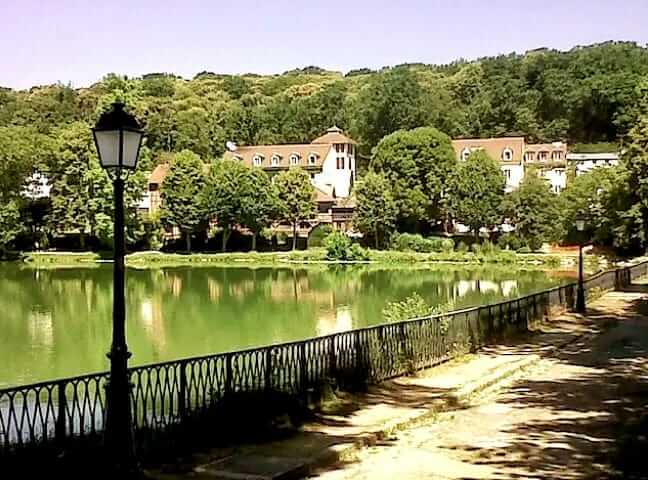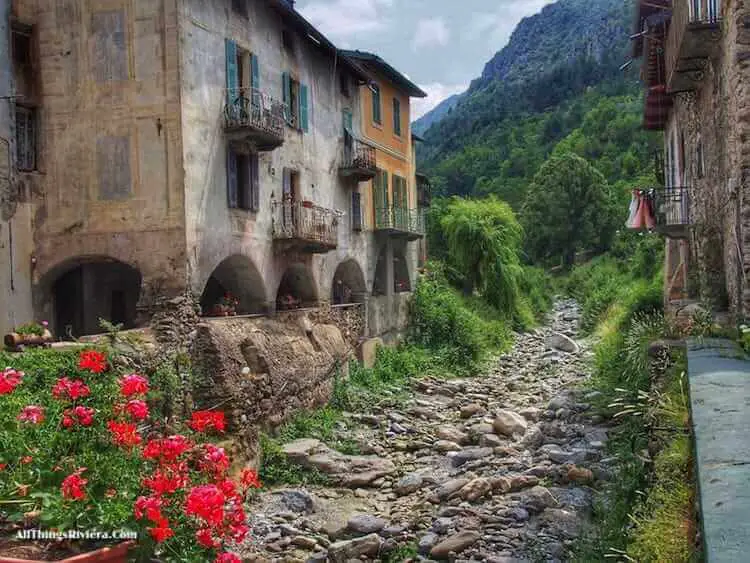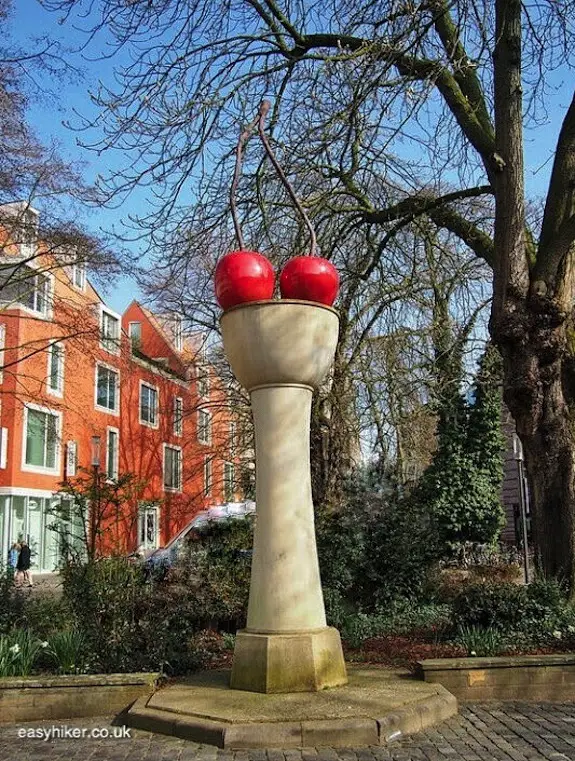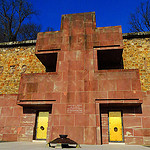Themed Walks in Paris
Paris by Chansons
This, in a way, is our farewell note to Paris. After 20 years, we have recently moved on to sunnier climes. We will certainly come back for brief visits and a walk or two, but most of our “easy hiking” from now on will concentrate on the Mediterranean.
Since this post is the last in a long series, it comes with a little twist or an “extra bonus”, if you like: you do not have to displace yourself to enjoy it and can easily follow it from the comfort of your own home. Because today’s walk is not about trees, plants and natural landscapes – or even architecture and cityscapes – but about music: it uses famous songs that were written about Paris as stage posts for a stroll through some of the most famous neighbourhoods in la capitale.
You can, of course, also do this Paris by chansons walk by physically following it from location to location. – I am sure that it would be a very special experience listening to Sous le ciel de Paris on your smartphone while actually walking underneath it.
Let us start underneath the Arc de Triomphe, walking down the city’s most famous street, listening to its most famous song. If you only know one song about a specific Parisian location, this probably is the one.
For a little contemporary Champs-Elysees-atmosphere, you might want to watch the next clip, too. This short “music video” was apparently shot for a German TV show in the early 1970s.
Interestingly enough, the singer Joe Dassin – for a generation of French and European teenagers the incorporation of Gallic charm – was actually an American citizen. Joe was born in New York, the son of the movie director Jules Dassin (the name is Russian, not French), went to Europe at the age of 12 when his dad was blacklisted in the McCarthy era and returned for his studies, which he completed with a PhD at Michigan. He died of a heart attack when on holiday with his young family on the island of Tahiti, aged only 42.
Half way down the Champs Elysees, at the Rond Point, we turn right towards the Seine and, before turning left in the direction of “Old Paris”, briefly look to the right – to establish that, yes, “La Tour Eiffel est toujours là” (the Eiffel Tower is still there), taken as a sign of comfort and reassurance by Mistinguett (the Lady Gaga of her day, the highest paid female entertainer in the world) in 1942 – when, of course, Paris was occupied by the Germans. (The clip features many historic images of the Eiffel Tower, some of which appear to be much older than the song.)
Turning left, we are continuing now on the banks of the Seine, heading for the old centre of Paris and Notre Dame Cathedral. This is quite a long way, so I have to keep you entertained for a while – fortunately, there is no shortage of songs about the Seine.
Let’s start with The Seine, sung by Doris Day for our Paris by Chansons walk…
… who catches the Gallic lilt of the song rather well (replacing “she’s cooing, cooing, cooing” for “elle roucoule, coule, coule”) – originally, after all, this was a French song, written by Guy Lafarge and Flavien Monod for Jacqueline Francois who won the Deauville Song Contest with it in 1948.
It is also one of the most often covered song about Paris, interpreted by Maurice Chevalier, Dean Martin and Josephine Baker among others.
The French original of La Seine lists several suburbs on either side of Paris as well as some major sites inside (including City Hall and the Henri IV statue on the Pont Neuf, more of which anon), before concluding:
Elle chante, chante, chante, chante,
Chante le jour et la nuit,
Car la Seine est une amante
Et son amant c’est Paris!
The Seine sings all day and all night, because she is in love – and Paris is her lover. How French is that?
And now for something completely different: something written by a black man born in Brooklyn.
This song, also called The Seine, was written by Irving Burgie, also the author of Harry Belafonte’s Banana Boat Song and the words to the national anthem of Barbados. His The Seine is sung here by the Kingston trio and was recorded in 1959 as part of their At Large album, one of four albums that were simultaneously listed in Billboard’s Top Ten. (The Kingston Trio, today almost completely forgotten, were one of the biggest acts of their time.)
The Seine also gets a name check in the next one, although the song does not say much more than that it flows through Paris. Still, no collection of songs about Paris would be complete without this song, although it appears to be more concerned with what’s above than which what flows below.
Some of the song’s lyrics chime in well with the view which should, by now, be opening up ahead of us.
Underneath Notre Dame
the occasional drama may occur
But in Paname*
Things always turn out fine.
A few sun rays
From the summer sky
An accordeon
Played by a sailor, and hope springs eternally
Under the sky of Paris.
(*Paname is 1940’s slang for Paris)
A Paris sung by Yves Montand gives us a slightly darker view of the city and its river, also accounting for those who “sleep on her banks / and wash at noon”, and even for those who “have seen too much / and want to forget everything / by throwing themselves into her waters”.
The lyrics remain unspecific as to the exact locations of where all of this happens, but in the clip we can clearly see the Pont Neuf, the equestrian statue of Henri IV and Place Dauphine (as well as the near-by “Henri IV” bar which still exists.)
The video is from a 1952 film called Paris Chante Toujours which weaves a revue of musical numbers together around a paper-thin pretext plot. There is quite a lot to discover in that film, such as this gem called Hymn à l’amour, featuring Edith Piaf (again, but she is the greatest singer this city has known) and a replica of Notre Dame Cathedral ….
… and Il n’y qu’un Paris, sung by Andre Dassary, featuring some historic footage of the Opera and Place Vendome.
Behind Notre Dame Cathedral, you can follow one of two routes to finish this walk. Route One leads you leftwards to the Marais, towards the Rue des Blanc Manteaux which has given its name to the song with the most intriguing story of all in our collection.
The song – which recalls French-Revolution-style public executions in this historic street – was originally written (lyrics and music) by Jean-Paul Sartre for his play Huis Clos (No Exit) in 1944. Six years later, he had the music rewritten by a “proper” composer (Joseph Kosma, author of the popular classic Autumn Leaves) and gave it “as a gift” to the young Juliette Gréco – for whom this was to serve as the platform for her great international breakthrough.
Alternatively, you can turn right in the direction of the church St Germain des Prés ….
… and further to the Boulevard Saint Michel – where someone (to whom we shall be introduced shortly) is known to keep her “Rolling Stone records / and a friend of Sacha Distel”.
Sit down in a cafe or somewhere and listen to this. If you know only one English-language song about Paris: this is probably the one.
Oh, the sixties. It’s probably best to see it this way: the English DJ John Peel, possibly the most influential rock critic of his generation, picked this song as the one, out of the tens of thousands that he must have come across during his distinguished career, that he hated most. And that, surely, is a distinction.






